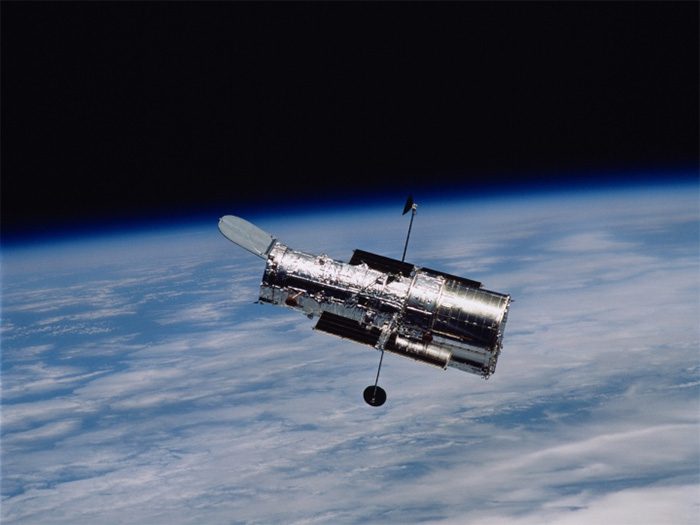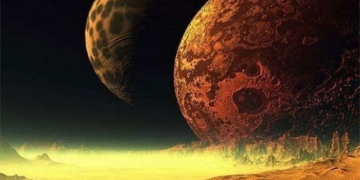Since its launch into orbit in 1990, the Hubble Space Telescope has been regarded as the most iconic space telescope in the world.
However, according to projections from various space agencies, Hubble’s final chapter may come in the 2030s, as its orbit gradually decreases in altitude before it falls into Earth’s atmosphere and burns up.
Since its last maintenance by NASA’s Space Shuttle program (which concluded in 2009), the orbit of this 32-year-old telescope has decreased by approximately 25 kilometers.
Hubble is currently orbiting Earth at an altitude of 549 kilometers. However, NASA aims to elevate it back to around 600 kilometers above the surface, which was its original position when Hubble was launched in 1990.

If no urgent actions are taken, Hubble’s orbit will continue to decline until the telescope falls into Earth’s atmosphere and burns up, expected in the 2030s. (Image: NASA)
To achieve this, NASA is calling for assistance from various units and organizations, aiming to realize the agency’s vision. Specifically, NASA wants to utilize private spacecraft to help boost Hubble’s orbit. This would extend Hubble’s mission, allowing it to continue operating alongside NASA’s new $10 billion James Webb Space Telescope.
Earlier this year, Elon Musk’s SpaceX proposed using its Dragon spacecraft, designed for cargo missions, to carry out similar tasks as the Space Shuttles did in the past.
At that time, NASA indicated that it would thoroughly evaluate the feasibility of SpaceX’s proposal. However, in a recent announcement, NASA expressed its desire to receive proposals from all private companies in the aerospace industry on how to elevate the Hubble Telescope to a higher orbit.
This means that each company will need to present solutions utilizing appropriate rockets or spacecraft for the mission.
It is noted that the deadline for aerospace companies to participate and submit their ideas is January 24, 2023.
“This approach is an interesting example of the innovative methods NASA is exploring through public-private partnerships,” said Thomas Zurbuchen, Associate Administrator for NASA’s Science Mission Directorate.
If Hubble can successfully elevate its orbit, the lifespan of this telescope could be extended by approximately 15 to 20 years. The aerospace companies themselves could apply their solutions to other spacecraft or satellites to enhance operational longevity, especially for equipment operating in low Earth orbit.
Last year, engineers had to resolve the worst issues in years for Hubble, which has conducted over 1.5 million observations in total.
Experts spent more than a month investigating the cause of the malfunction in the payload computer that helps control the scientific instruments on the telescope.
Just this year, Hubble captured images of the most distant star in the universe and the largest comet ever discovered. Its successor, the James Webb Space Telescope, was launched on Christmas Day last year and began operations in July this year. However, astronomers hope that both telescopes will operate in parallel for the coming years.
The review of the solutions submitted to NASA is expected to take about six months to complete. Afterward, NASA officials will determine whether it is feasible to start planning a mission to extend Hubble’s lifespan.


















































